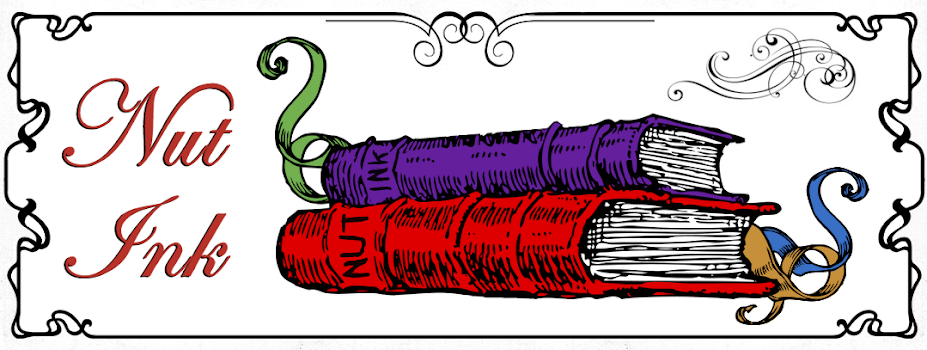Author: A.C.H. Smith (based on a story by Jim Henson and Dennis Lee, and a screenplay by Terry Jones) | Page Count: 128
'If she weighed the implications of every alternative, would she ever get to make a choice at all? When one door opens, so does another.'
I adore the film upon which Labyrinth is based. Over the years I've watched it more than any other children’s movie in existence. It’s a story in which a young woman, Sarah, must summon the courage to overcome her own inhibiting, teenage perceptions. The trials she faces are symbolic. The concessions offered her and the help given by her companions are similarly meaningful in an easily understood and simplistic way. There’s nothing challenging about the story but that’s not a failing; it's more of a strength, making the work universal and timeless.
I'm not saying it’s without fault, because it definitely isn't. The episodic structure drags it down. Viewed with adult eyes it becomes a string of random events tied loosely together by the journey from A to B. Throw in a new event or remove an existing one and the outcome would be the same, provided the characters needed at the end still get their introduction somehow.
The text begins by expanding upon Sarah’s relationship with her stepmother. It takes what was hinted in the film and gives it much needed back-story. It’s safe and formulaic but at least it doesn't run contrary to what we already knew.
The further I got into the story the less extrapolation there was. It’s as if the author simply wrote down what was happening onscreen. Those moments offer nothing that a viewing of the film won’t give. They arguably offer less because the visual element is gone and the music is impossible to recreate on the page.
Mostly the language is simplistic, which is fine considering it’s aimed at a young audience, but there’s an occasional jarring archaic word thrown in; words that had dropped out of usage before even Bowie was born.
The saving grace is that, ironically, the prose works best when filler is required, when Smith needs something to fill the gaps the songs would normally occupy. It either forced him to invent something new or it freed him up to do so. In those moments he gives the story extra depth and makes me believe that had the novel not been such a slave to the film, it would certainly have been better written.
The saving grace is that, ironically, the prose works best when filler is required, when Smith needs something to fill the gaps the songs would normally occupy. It either forced him to invent something new or it freed him up to do so. In those moments he gives the story extra depth and makes me believe that had the novel not been such a slave to the film, it would certainly have been better written.
2½ stars moved out of 5

































